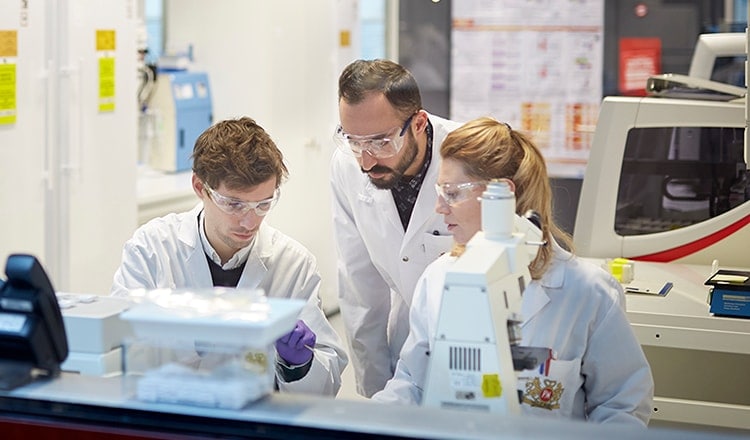What’s the difference between cigarette smoke and the vapor from a heated tobacco product or vape?
The vapor from a smoke-free product and the smoke from a cigarette and are two very different types of aerosol.
Smoke-free product vapor is produced when a user activates a smoke-free product such an e-cigarette, or a heated tobacco device by inhaling. It is not smoke, and does not contain solid particles.
Cigarette smoke is produced when tobacco is burned. It has high levels of harmful chemicals and contains solid particles.
By recognizing this fundamental difference, governments and regulators can help move adult smokers that don’t completely quit cigarettes and nicotine to better alternatives, thereby bringing forward a future without cigarettes.
Vapor vs. smoke
Watch the video to discover the difference between the vapor from a smoke-free product (e.g. a heated tobacco or a vape) and cigarette smoke.
The difference between cigarette smoke and vapor from a smoke-free product
You may have noticed a white cloud that comes from using a smoke-free alternative.
But is it the same as smoke?
The Simple Answer?
The simple answer is no.
Cigarette smoke and smoke-free product vapor are fundamentally different.
Let's take a look at what sets them apart.
Cigarette Smoke
Cigarette smoke is produced when tobacco is burned.
The smoke contains solid particles.
It also has high levels of harmful chemicals, many of which are considered the main cause of smoking related diseases.
Vapor
On the other hand, vapor is produced when a user activates a smoke free product like an e-cigarette or a heated tobacco device, by inhaling.
It's not smoke because there is no burning involved and it doesn't contain solid particles.
It should contain much lower levels of harmful chemicals compared to cigarette smoke.
Why does this matter?
Because recognizing the fundamental difference between cigarettes and smoke-free alternatives would be a significant step toward a future without cigarettes.
Do heated tobacco products and vapes give off smoke?
No, heated tobacco products and vapes do not give off smoke.
What may appear to be smoke from a vape or heated tobacco product is actually an aerosol, which is a suspension of fine liquid and/or solid particles in a gas (usually air). Heated tobacco products and vapes do not emit smoke, as they have not burned the tobacco.
Cigarettes burn tobacco and create smoke, which is also an aerosol. However, the composition of the aerosol in smoke is very different from the aerosol from heated tobacco products and vapes, as smoke contains thousands of chemicals, of which around a hundred have been identified as harmful or potentially harmful.
Do PMI’s heated tobacco products and e-cigarettes create secondhand smoke?
No, they don’t. Secondhand smoke, also known as environmental tobacco smoke (ETS), is a combination of the smoke produced from the lit end of a cigarette and the smoke exhaled by smokers.
Public health authorities, including the WHO, have concluded that secondhand smoke causes diseases, including lung cancer and heart disease, in non-smokers.
However, as our better alternatives to smoking do not burn tobacco, tests have shown that PMI’s e-cigarette and heated tobacco products are not a source of ETS. Smoke-free products are not risk-free though, and the best choice is to quit tobacco and nicotine completely. Users of better alternatives to smoking should always remain mindful of using them around other people.
Interactive page: Compare the chemicals in cigarette smoke with the vapor from our heated tobacco product
Delve into the difference across 52 of the harmful and potentially harmful constituents (HPHCs) present in these two aerosols.


.png)

